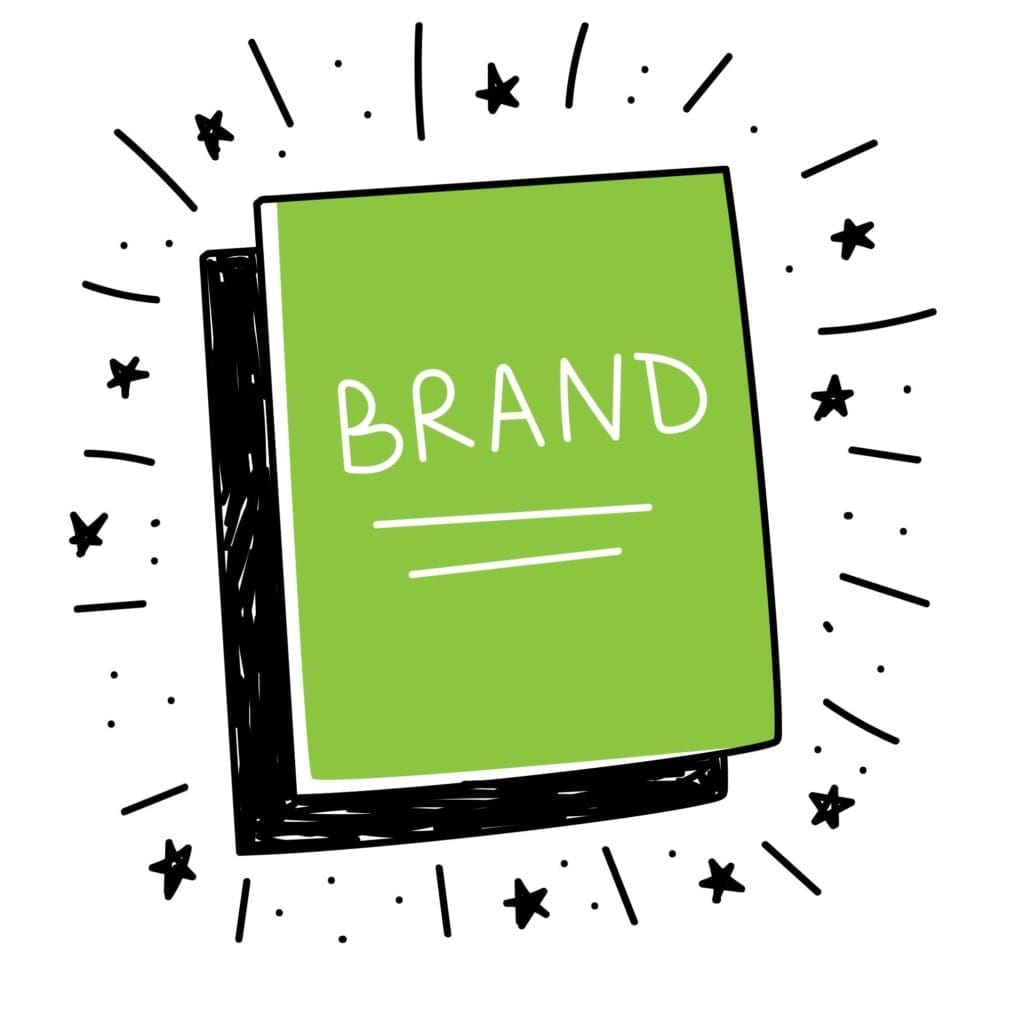According to Phillip Kotler and Kevin Lane Keller in the 15th edition of Marketing Management (the foundational marketing book), a brand is “a name, term, sign, symbol or design, or a combination of them, intended to identify the goods or services of one seller or group of sellers and to differentiate them from those of competitors.”
Branding is then defined as an “endowing products and services with the power of a brand,” by Kotler and Keller.
From my perspective a brand is a perception. Intangible elements that include message tones, and a feeling a product, service or organization communicates.
But it’s also the heart and soul of an organization. That’s why I’m using the terms together “brand/heart/soul.”

Molding the Brand/Heart/Soul
In order to mold the brand/heart/soul, you must first discover what that is. To do this takes some patience and time. I’ve broken that down into a few elements:
Research
This is an absolutely necessary first step to help determine who you are and what you stand for. Not only from the inside out, but from customers. What is their perception of you? Are you innovative? Service-oriented? Ask them.
In doing this, you’ll be developing your brand/heart/soul traits. Those unique characteristics that are completely unique to your organization. This will give you the guidelines for everything you create moving forward. This is an extremely important step. And if your corporate logo, colors, sales tools, presentations and language don’t support your brand/heart/soul assets, these tools are off strategy.
Developing your brand/heart/soul architecture is another important function during the research stage. Developing your brand/heart/soul architecture is a powerful tool that can help you better organize various brands within their business portfolios and focus on strategic goals for individual brands – a sort of visual roadmap. Doing so has enabled more effective and consistent brand management and helped put an increased focus on strategies to meet specific growth, sales, and profit goals for individual brands.
Concept
Perform a visual audit. Take every piece of your literature and brochures, and print off your website home page, gather invoices, shipping labels, letterhead, business cards, etc. Don’t forget electronic elements like email signatures, electronic letterhead, pdf’s, etc. Then, spread them all out on a table. What do you see? Is it a consistent and complete package? Where are the holes and what pieces look out of place?
It is during the concept stage that you develop and refine your essential communication tools. Start with a logo review and then move through all your communications tools, both internal and external. Get your visuals aligned with each other and most importantly, with your overall brand and those ever-important specific brand/heart/soul assets. Pay close attention to the language and messaging you use, your photography and illustrations, and the overall look and feel of the piece. Does it support your brand/heart/soul? If it doesn’t, you’re off strategy – try again. Also be careful to keep in mind the sales factor. Does it help support the selling and loyalty-building process? It must. After all, your brand is what precedes you in every selling situation.
During this stage be sure to develop and maintain a detailed production schedule that contains all of the communications tools affected. This will help all involved stay on track.
Planning & execution
Next comes the planning stage. How will you roll out your brand/heart/soul? Is it a dramatic change or more subtle? Each company’s situation is different, but in general a rollout should work internally to gain loyalists, supporters and ambassadors. Then, once it is solidified with employees, it can be taken externally – customers, suppliers, shareholders and media. Communicate consistently each and every time. Carefully plan out who, what and where your message will go. Keep focused on your audiences – where they get their information and how they take it in. Once this is set, pull the trigger and launch.
During the execution stage, too many companies are too quick to alter the plan. Let things run it’s course as you won’t see results immediately. Remember, this is a long-term shift in how you are perceived. If you’ve carefully planned and completed your due diligence, stick to your plan.
Feedback
As your launch is executed, simply listen. Listen to your audience and take to heart what they are saying. Changing perceptions is a challenging process and will take some time. Moving forward one step at a time is all you should focus on. Whether it’s through phone or email conversations, through customer surveys or another way, you need to measure the brand/heart/soul at regular increments and track to ensure you’re heading in the right direction. Be sure to take note of what you hear, but in general stick to your plan and let it run its course.
Efforts towards identifying and building your brand/heart/soul will address several things:
The danger of being anonymous

- Who are you?
- What do you sell?
- How are you different?
- Why are you better?
- Why should I buy from you?
- How do I feel about you?
- How do I feel working with you?
The point of it all

- It will create a market advantage
- It will open doors that were formerly closed
- It will make you more successful
- It will increase employee retention
- It will build loyalists
A strong brand/heart/soul

- Cannot be copied
- Endures hardships
- Inspires
- Is extendable
- Motivates
- Creates loyalty
- Precedes you in every selling situation

If you missed part 1, The Integrative Marketing Fusion Model, check it out.
Stay tuned for part 3.
Don’t miss anything
Be sure to sign up for my weekly email. It’s a summary of my weekly blog posts and you’re not going to want to miss the rest of this series on my Integrative Marketing Fusion model.


